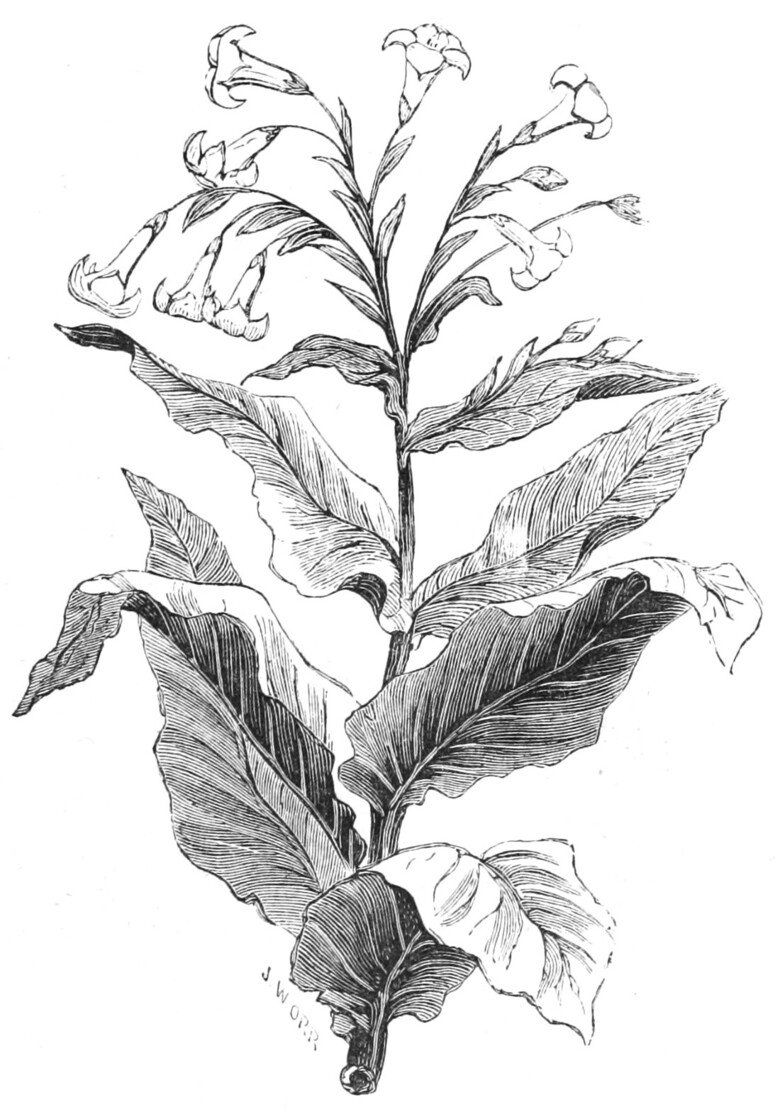Tobacco smoking: From sacred plant to health risk
People have smoked tobacco for centuries without being aware of the consequences. Research has now revealed that smoking causes damage to much more than just the lungs. Follow the timeline of tobacco smoking.
Text: Karin Söderlund Leifler
First published in Swedish in the magazine Medicinsk Vetenskap No 1/2016. Partly updated in August 2024.

Timeline
16th century | Sacred plant. Tobacco, a wild-growing plant, has been used in religious ceremonies on the American continent for 2,000 years. The early explorers bring tobacco with them back to Europe. The plant is said to be “sacred” and thought to be good for the health.
17th century | The very first prohibition. Cigarettes similar to those smoked today may have been invented in the 17th century. Sultan Murad IV prohibits smoking in the Ottoman Empire as he believes it leads to decadence and corruption. The penalty for smoking is death. His successor changes this prohibition to a tax on tobacco.
1790s | Is smoking dangerous? Cigarette smoking is popular among the higher social classes. However, an increasing number of doctors start to report the health hazards of tobacco, for example tumours on the lips of pipe smokers.
1860s | The breakthrough for cigarettes. The first commercial cigarettes are produced on a farm in North Carolina and sold to soldiers fighting in the American Civil War. It does not take long for the first cigarette machine to be invented, and cigarettes have a major breakthrough.
1950s | Spotlight on smoking. A number of comprehensive studies show that smokers run a much higher risk of lung cancer than non-smokers. Cigarette sales, however, continue to increase for several decades.
1957 | Smoking harms babies in the womb. Researchers reveal a reduced birth weight in babies born by mothers who smoked during pregnancy. Over the next decade, links are also detected between smoking and stillbirth, premature birth, sudden infant death syndrome and asthma.

1964 | Lung cancer. The first report from the Surgeon General, the operational head of the Public Health Service in the USA, represents a turning point for scrutiny of the causal link between smoking and lung cancer.
1980s | Effect on the heart. Researchers uncover that smokers run a higher risk of cardiovascular disease and strokes. Subsequently, smoking is also linked to dementia, osteoporosis and cancer in organs that are not in direct contact with cigarette smoke.
1988 | Nicotine is addictive. A report from the Surgeon General establishes that the nicotine in tobacco is addictive. Research displaying the effect nicotine has on the brain paves the way for the first drugs to combat withdrawal symptoms.
2004 | Genetic interaction. Research at Karolinska Institutet shows that persons with special risk genes are 15 times more likely to suffer from rheumatoid arthritis if they smoke. Smoking has also been shown to affect the risk of suffering from multiple sclerosis and the severity of this disease.
Facts about smoking
Around one billion people smoke. Smoking causes approximately six million deaths every year, according to the WHO. Passive smoking is estimated to cause 600,000 premature deaths per year. When a person stops smoking, the positive gains occur rapidly. Patients who stop smoking four weeks before an operation, for example, can reduce the risk of dying from complications by 50 percent.
Interview: Who will become a smoker?
Most people start smoking as teenagers. Rosaria Galanti, Professor Emerita at the Department of Global Public Health, is interested in which behaviour and psychosocial mechanisms underlie the escalation of smoking and addiction.

“As opposed to general belief, we now know that addiction may occur much earlier than in people who smoke daily – as early as in people who smoke a few times a week, for example people who only smoke at parties. This has opened the door to a major research field into how nicotine and perhaps other substances in tobacco impact the delicate balance between signal substances in the brains of young people,” explains Rosaria Galanti.
Environmental factors play a major role, but there are also individual factors such as a tendency to take risks that covary with smoking. The biological mechanisms behind addiction, i.e. why some individuals are more susceptible to the effect of nicotine, currently represent a major research field. Rosaria Galanti has also studied the best methods for people who want to stop smoking.
“Both behaviour-related guidance, nicotine replacement therapy and now also drugs that make the brain cells less “susceptible” to nicotine and repress abstinence symptoms are all effective. There is also evidence that community-based measures, such as banning smoking in public areas, have supported those who want to stop smoking. Not only have such measures reduced passive smoking, they have also resulted in fewer smokers.
Future challenges
The biology of addiction. Researchers aim to discover more about the mechanisms underlying addiction, including those not caused by nicotine. Another associated and important question is why persons with mental illness are at a greater risk of becoming heavy smokers.
Genetic interaction. More knowledge is required on how smoking, genes and the immune system interact in relation to illnesses such as rheumatoid arthritis, multiple sclerosis and perhaps even metabolic syndrome.
Social segregation. Smoking is linked to social differences, such as education, income and unemployment. One important issue for public health is to identify the best way to help people in the most exposed groups stop smoking.
